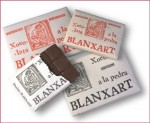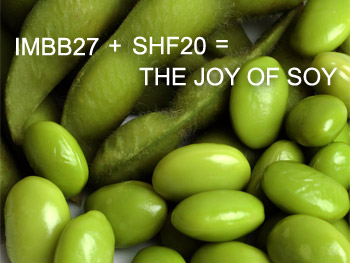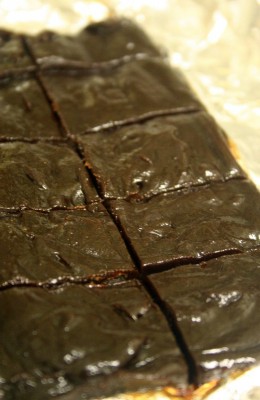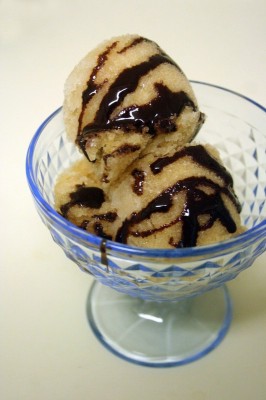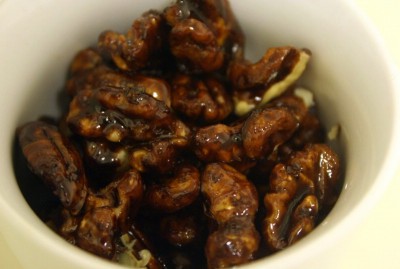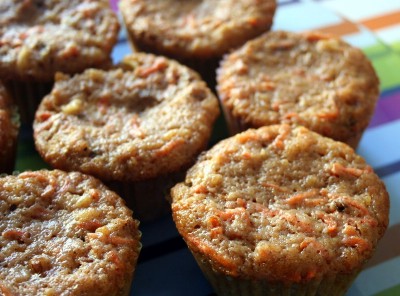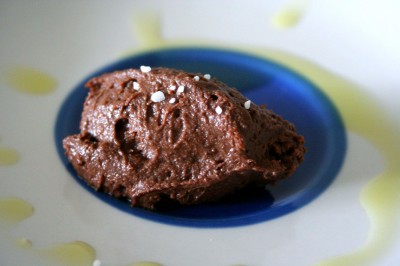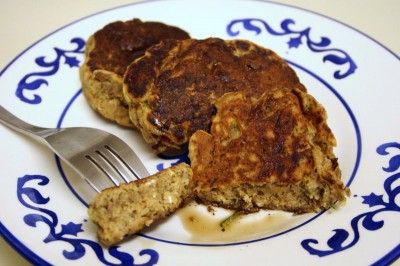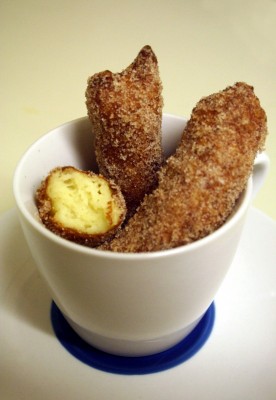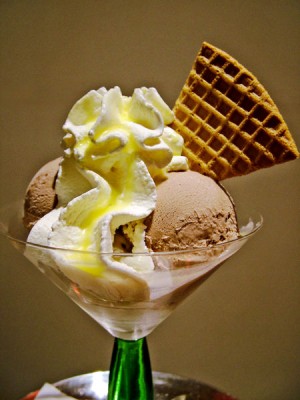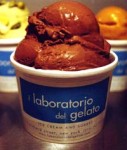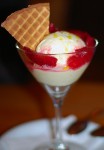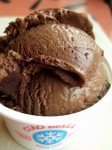Fancy Food Show 2006: Best in Show, Continued
Since the Fancy Food Show was a treasure trove of good products, here is the remaining Best in Show.
Condiments
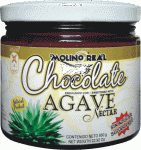 Molino Real
Molino Real
Best healthy Nutella: Chocolate Cream
This chocolate spread tastes so good it must be bad, but it’s just cocoa powder, milk, cinnamon and agave nectar. The sweetener is a natural derivation from the blue agave plant, the same plant that gives us tequila. It’s great for diabetics, vegans or people who want to venture beyond white sugar. Agave is similar to honey, except it is runnier and has a more neutral taste.
Photo: Molino Real
Barefoot Contessa
Best lemon curd
I usually do not buy dessert sauces because they are so easy and cheap to make (if you can dissolve sugar in hot liquid, you can make a sweet sauce), but the lemon curd from celebrity chef Ina Garten tastes like the real deal. It contains just sugar, eggs, butter, lemon juice, lemon peel, and salt. Other brands were slimy (due to artificial gelling agents) or bitter (due to too much rind).
Photo: Straub’s Fine Grocers
Dalmatia
Best fig spread
If you could bottle up the freshest figs, this would be it. The Adriatic figs are hand picked on the Dalmatian coast of Croatia and then sun dried. The spread is not too sweet, not too sticky and not too fermented. The orange version took first place at the Fancy Food Show in 2004, but I like the plain one best.
Photo: FoodMatch Inc.
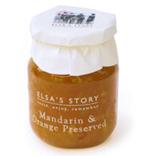
Elsa’s Story
Best orange preserves
Orange marmalade is often plagued with sour and bitter notes, but Elsa’s Story is delicious. Good preserves like this one taste like fruit, not corn syrup. Elsa’s Story also makes fine cookies.
Photo: Elsa’s Story

School House Kitchen
Best mustard
This mustard has remarkable smoothness and body, unlike French’s neon yellow variety. If you like the sweetness of honey mustard and the richness of Grey Poupon, School House Kitchen manages to put them together. They also donate 100% of their profits towards education.
Photo: School House Kitchen
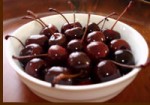
34 Degrees
Best preserved fruit products
This Australian company has unusual, great tasting fruits. The dried muscats (floral flavored grapes) come still attached to their branches. They also have a selection of fruit pastes to spread on cheese, toast or ice cream. The most unique items are the Tasmanian spiced cherries. They are sweet, slightly acidic from the vinegar marinade, and peppery. Think of them as sweet versions of cured olives.
Photo: 34 Degrees
Miscellaneous
Luxe
Best tea: Traditional Japanese genmaicha
Green tea leaves are combined with toasted brown rice in this strong yet refreshing tea. It was so bold and rounded that I could not believe it came from a bag. The silken bags are completely biodegradable: no glue, no staples.
Photo: Luxe
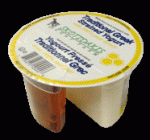
Skotidakis Goat Farm
Best yogurt
Their Greek yogurt tastes just like sour cream, but it is healthier because it is only made from milk. Once you try the plain yogurt with a dollop of honey, you may never go back to the watery, grainy commercial brands. They may have distribution problems because they are a small farm from Canada, but do beg your supermarket to carry them.
Photo: Skotidakis Goat Farm
![]()
KIND Fruit + Nut
Best energy bar that tastes like candy: Sesame & peanuts with chocolate
KIND Fruit + Nut bars satisfy my sweet tooth, but they are healthier and more natural than most other energy bars. Other bars are laboratory engineered (mmm, textured vegetable protein and partially hydrogenated fat!) and taste like it. KIND is a mixture of toasted nuts, fruit and honey. My favorite is the sesame-chocolate bar, which tastes like halvah, but the macadamia-apricot is very good too. KIND lives up to its name, donating 5% of its proceeds to charity.
Keep in mind that these bars are nutrient and calorie dense. Sure there’s plenty of wholesome ingredients, but nuts are high in fat. Still, if you’re going to splurge, it’s much healthier and tastier (in my opinion) than a candy bar. Also, these bars are not meant to be meal replacements; they are low in complex carbohydrates.
Photo: KIND
Larabar
Best chocolate energy bar: Mayabar
These gooey chocolatey bars are even less processed than the KIND bars. They consist of dates, cocoa powder and chunks of nuts. There is no added sugar! Like the KIND bars, these are high in “good” calories. They are satisfying but will not keep you full for long: they have no grains (complex carbs).
Photo: Larabar

Bubbies
Best ice cream novelty: Mochi ice cream
Asians are the pioneers of chewy desserts. The Taiwanese brought bubble tea, a sweet drink accompanied by extra-large tapioca pearls. The Japanese and Chinese brought mochi, a sticky rice cake filled with sweetened beans, peanuts or sesame. In 2001, a genius in California replaced the traditional fillings with ice cream. My goodness! A drink that you eat? An ice cream that you chew? What is the world coming to?
Bubbies is an upscale (read: pricier) competitor to Mikawaya, the company that created this frozen treat. Although Mikawaya is ubiquitous in Chinatown and American supermarkets, Bubbies tastes more natural. You can’t beat their selection of unusual flavors: strawberry chocolate chip, lychee, passion fruit, guava and peanut butter.
Photo: Bubbies

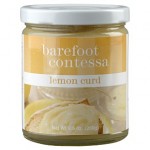
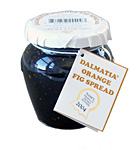

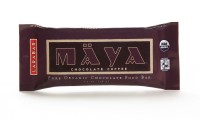


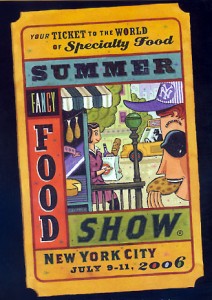

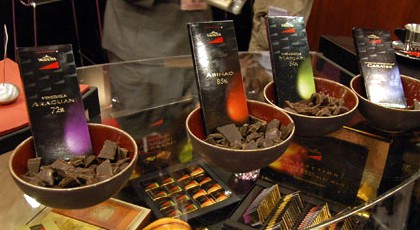
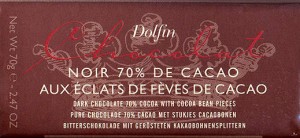



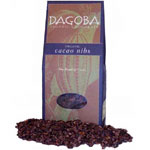 Dagoba
Dagoba